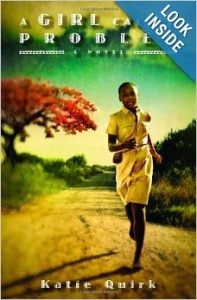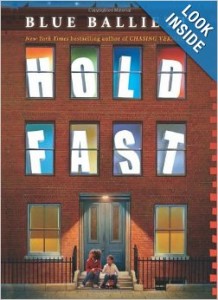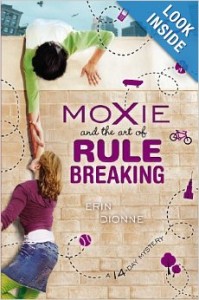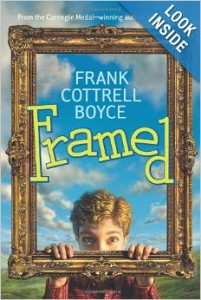Three wonderful authors, for whose work I am very thankful, were born on this date. Any of their books would make lovely Christmas presents.
1. C.S. Lewis
Lewis is the best writer and the most profound thinker of the three, the one whose work will stand the test of time. I predict that Mere Christianity, The Screwtape Letters, and Till We Have Faces, in particular, will be read and appreciated a hundred years from now. Because he died fifty years ago on November 22, 1963, he has been remembered with many, many articles and blog posts this month. Here are links to just a few from this year and from other years.
50 Years Ago Today, RIP Jack
Jared at Thinklings: Remembering Jack (2005)
Lars Walker at Brandywine Books: The Feast of St. Jack and The Great Man’s Headgear
Hope at Worthwhile Books reviews Out of the Silent Planet, the first book in Lewis’s space trilogy.
Heidi at Mt. Hope Chronicles writes about her appreciation for the works of C.S. Lewis.
Jollyblogger reviews Lewis’s The Great Divorce.
2. Madeleine L’Engle
Ms. L’Engle is the most likely of the three to have her work become dated. However, the science fiction quartet that begins with A Wrinkle in Time may very well last because it deals with themes that transcend time and localized concerns. And I still like The Love Letters the best of all her books, a wonderful book on the meaning of marriage and of maturity.
Madeleine L’Engle favorites.
In which I invite Madeleine L’Engle to tea in June, 2006, before her death last year.
A Madeleine L’Engle Annotated bibliography.
Semicolon Review of The Small Rain and A Severed Wasp by Madeleine L’Engle.
Semicolon Review of Camilla by Madeleine L’Engle.
My Madeleine L’Engle project, which has languished this year, but I hope to get back to it in 2009.
Mindy Withrow writes about A Circle of Quiet.
Remembering Madeleine: Obituaries and Remembrances from September, 2007.
3. Louisa May Alcott.
I love reading about Ms. Alcott’s girls and boys even though many people are too jaded and feminist to enjoy books that celebrate the joys of domesticity and home education.
Circle of Quiet quotes An Old-Fashioned Girl by Louisa May Alcott on the wearing of blue gloves.
Carrie reviews Little Women, after three attempts to get though it.
Claire, The Captive Reader re-reads my favorite Louisa May Alcott novel, Eight Cousins.
Claire, The Captive Reader revisits Rose in Bloom, the sequel to Eight Cousins.
Sam at Book Chase reviews Louisa May Alcott: The Woman Behind Little Women by Harriet Reisen.
Joyfuly Retired sponsored an “All Things Alcott” Challenge in 2010 where you can find links to many posts about Louisa May and her family and her novels.



